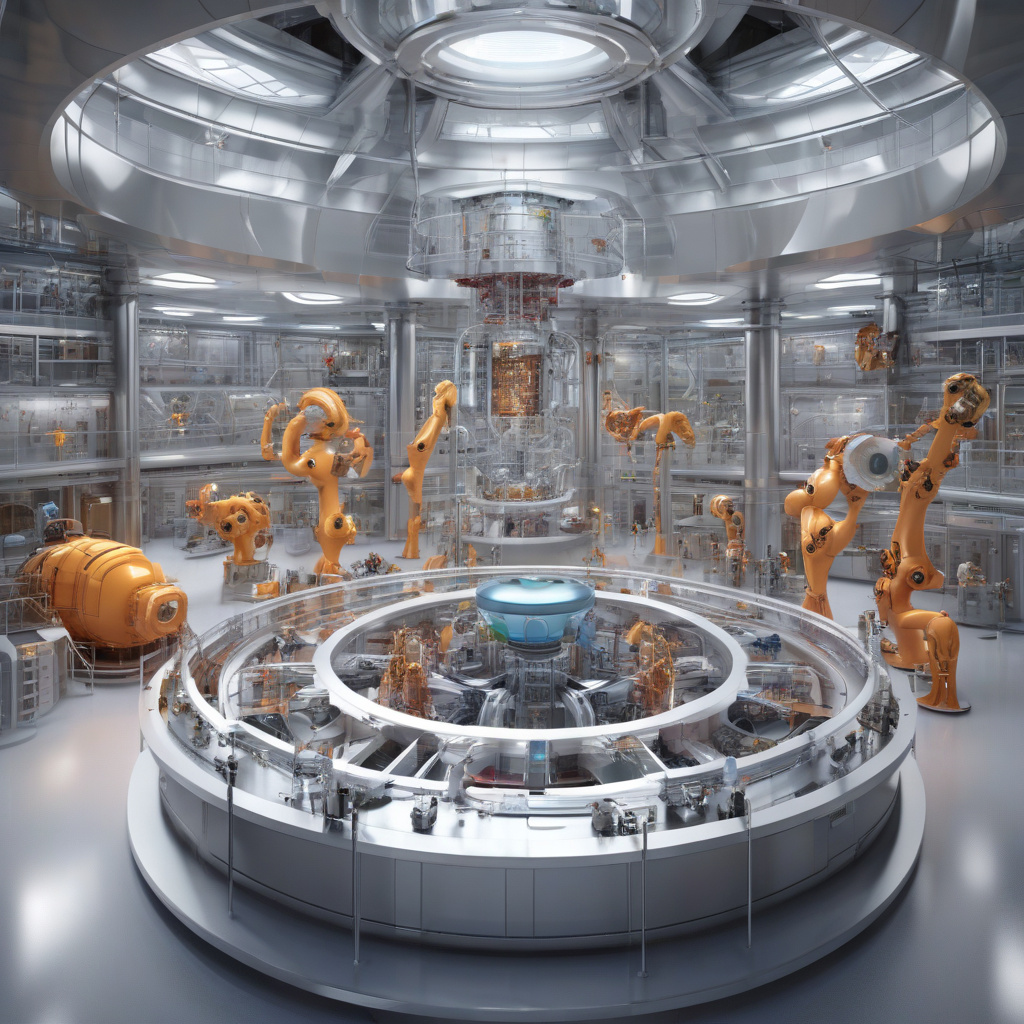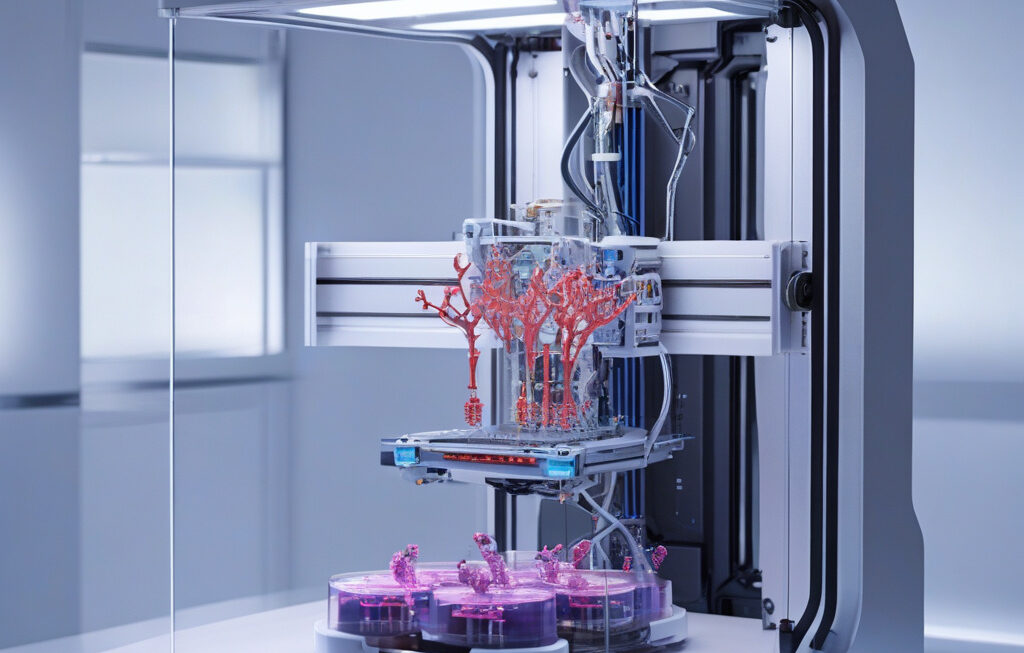Machine Learning Revolutionizes Fusion Devices: MIT Researchers Predict Plasma Behavior to Prevent Disruptions
Fusion devices have long been hailed as the holy grail of clean energy production, offering the promise of abundant power without the harmful emissions associated with traditional fossil fuels. However, the road to harnessing the power of fusion has been fraught with challenges, one of the most significant being the disruptions that can occur within the plasma of fusion reactors. These disruptions not only pose a safety risk but can also damage the delicate components of the reactor, leading to costly downtime and repairs.
Addressing this issue head-on, researchers at the Massachusetts Institute of Technology (MIT) have made groundbreaking strides in using machine learning to predict plasma behavior and prevent disruptions in fusion devices. By combining the power of artificial intelligence with the principles of physics, MIT scientists have developed a sophisticated model that can anticipate when disruptions are likely to occur, allowing operators to take preemptive action and safely shut down the reactor before any damage occurs.
At the heart of this innovative approach is the use of neural networks, a type of machine learning algorithm inspired by the structure of the human brain. These neural networks are trained on vast amounts of data collected from fusion experiments, allowing them to learn the complex patterns and dynamics of plasma behavior. By continuously analyzing real-time data from the reactor, the neural networks can detect subtle changes that may indicate an impending disruption, giving operators valuable time to intervene.
One of the key advantages of using machine learning in this context is its ability to process and analyze data at speeds far beyond the capabilities of human operators. While a human observer may struggle to make sense of the countless variables at play in a fusion reactor, a neural network can crunch the numbers and provide clear, actionable insights in a fraction of the time. This real-time analysis is crucial for preventing disruptions, as even a slight delay in response can mean the the difference between a controlled shutdown and a catastrophic event.
The potential impact of this research extends far beyond the realm of fusion energy. The same principles that underpin the fusion disruption prediction model could be applied to a wide range of complex systems, from industrial processes to environmental monitoring. By harnessing the power of machine learning, researchers are not only making fusion energy a more viable and sustainable option but also paving the way for safer, more efficient operations across a variety of industries.
As we look to the future of energy production, it is clear that machine learning will play a pivotal role in ensuring the reliability and safety of next-generation technologies. The work being done at MIT is a shining example of how the marriage of AI and physics can lead to groundbreaking innovations with far-reaching implications. By predicting plasma behavior and preventing disruptions in fusion devices, researchers are not only unlocking the potential of clean energy but also reshaping the way we approach complex systems in the modern world.
In conclusion, the fusion of machine learning and physics represents a new frontier in the quest for clean, sustainable energy. By leveraging the power of artificial intelligence to predict plasma behavior and prevent disruptions in fusion devices, researchers at MIT are paving the way for a future where safe and efficient energy production is not just a dream but a reality.
machine learning, fusion devices, MIT researchers, plasma behavior prediction, clean energy












